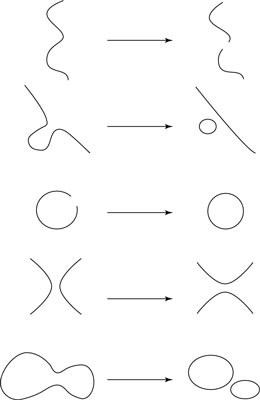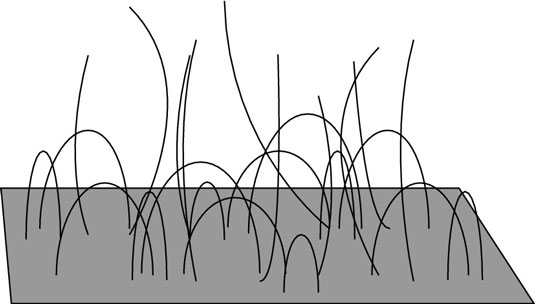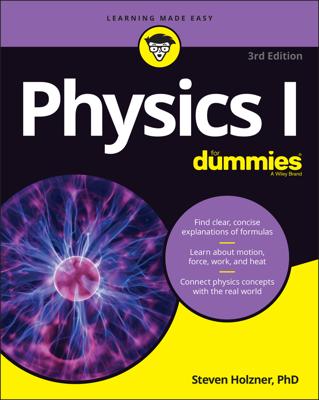When string theory was originally developed in the 1970s, the filaments of energy in string theory were considered to be 1-dimensional objects: strings. (One-dimensional indicates that a string has only one dimension, length, as opposed to say a square, which has both length and height dimensions.)
These strings came in two forms — closed strings and open strings. An open string has ends that don’t touch each other, while a closed string is a loop with no open end. It was eventually found that these early strings, called Type I strings, could go through five basic types of interactions, as shown in this figure.

Type I strings can go through five fundamental interactions, based on different ways of joining and splitting. The interactions are based on a string’s ability to have ends join and split apart. Because the ends of open strings can join together to form closed strings, you can’t construct a string theory without closed strings.
This proved to be important, because the closed strings have properties that make physicists believe they might describe gravity! In other words, instead of just being a theory of matter particles, physicists began to realize that string theory may just be able to explain gravity and the behavior of particles.
Over the years, it was discovered that the theory required objects other than just strings. These objects can be seen as sheets, or branes. Strings can attach at one or both ends to these branes. A 2-dimensional brane (called a 2-brane) is shown in this figure.


